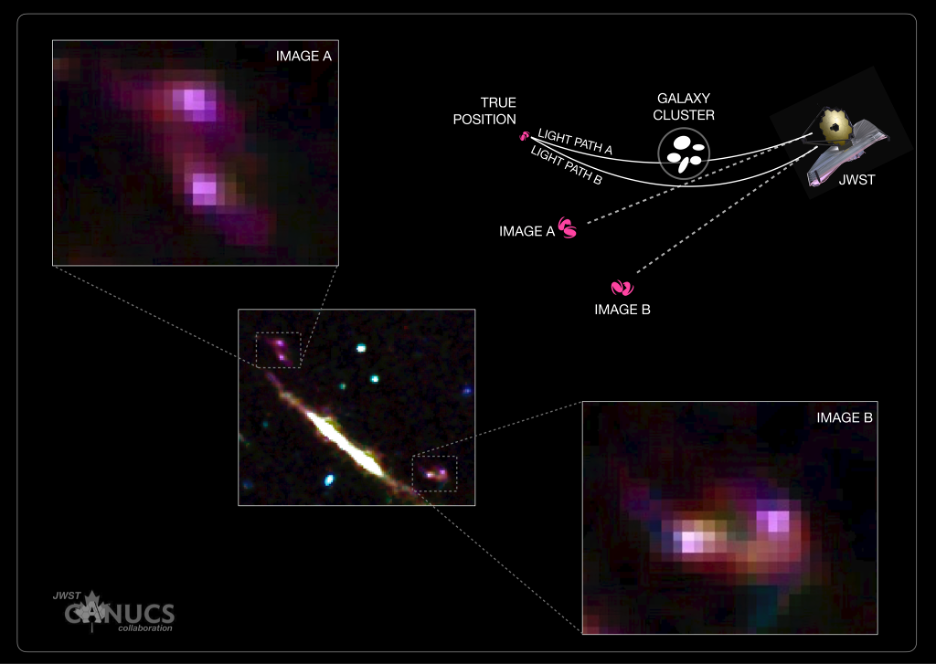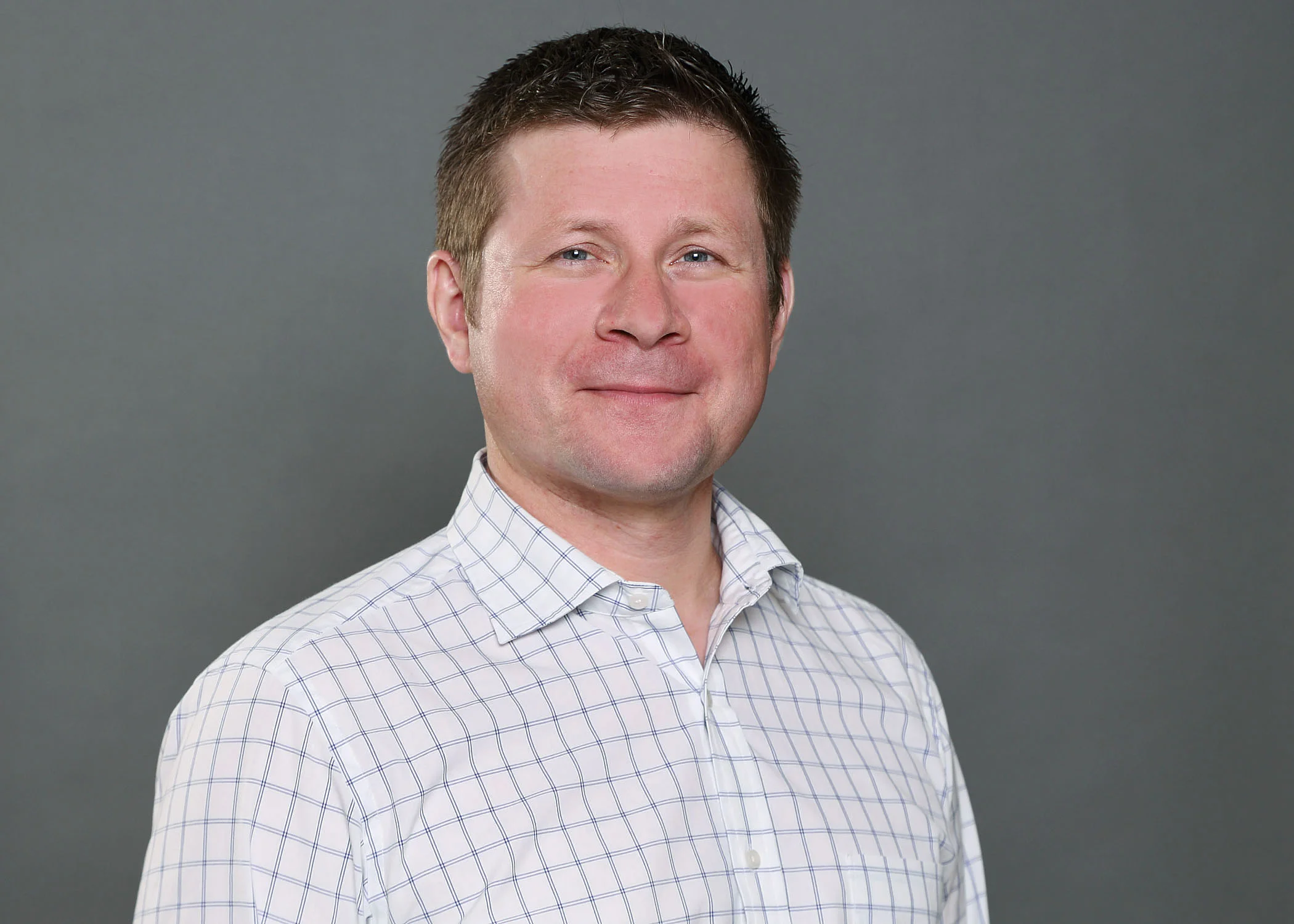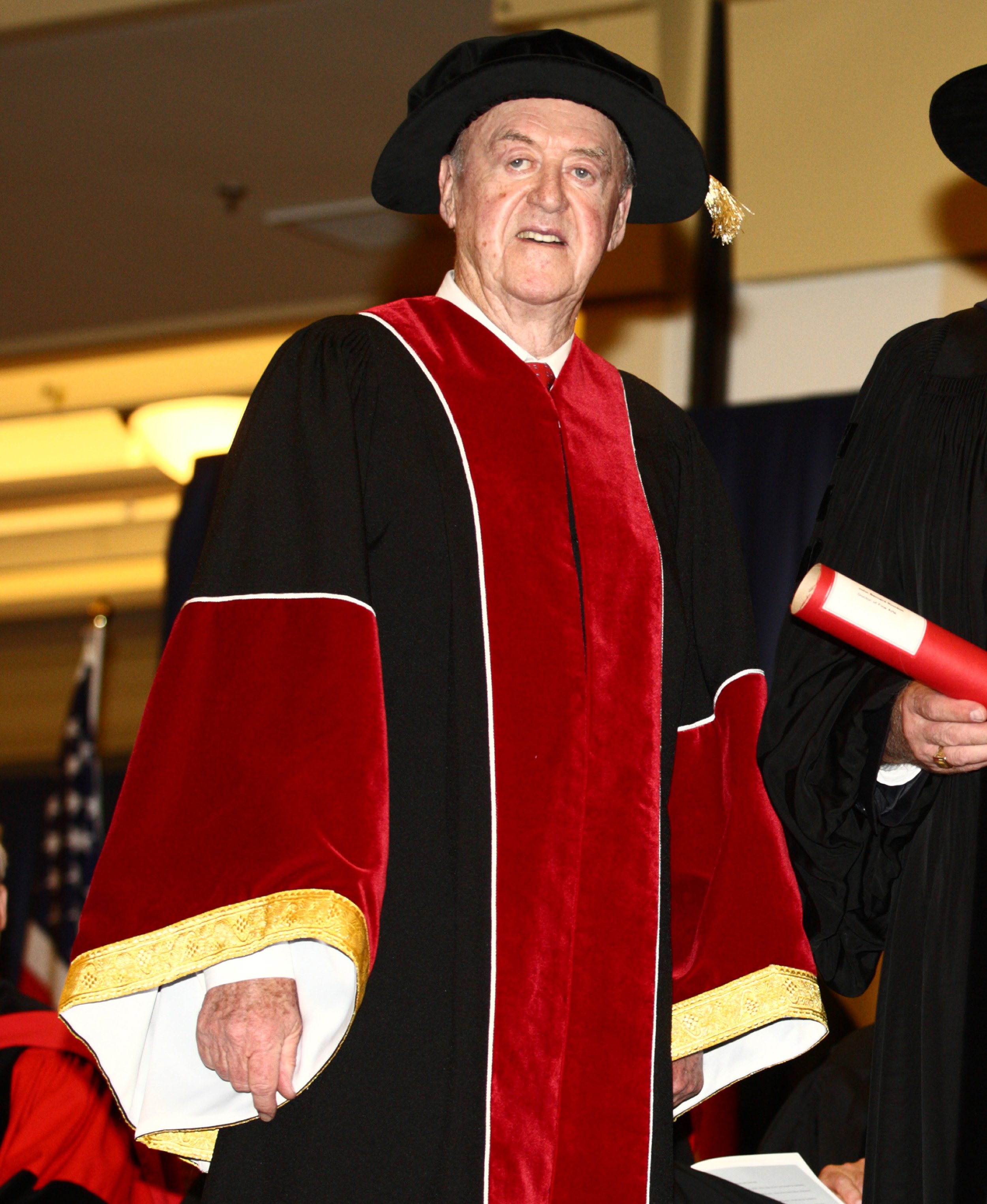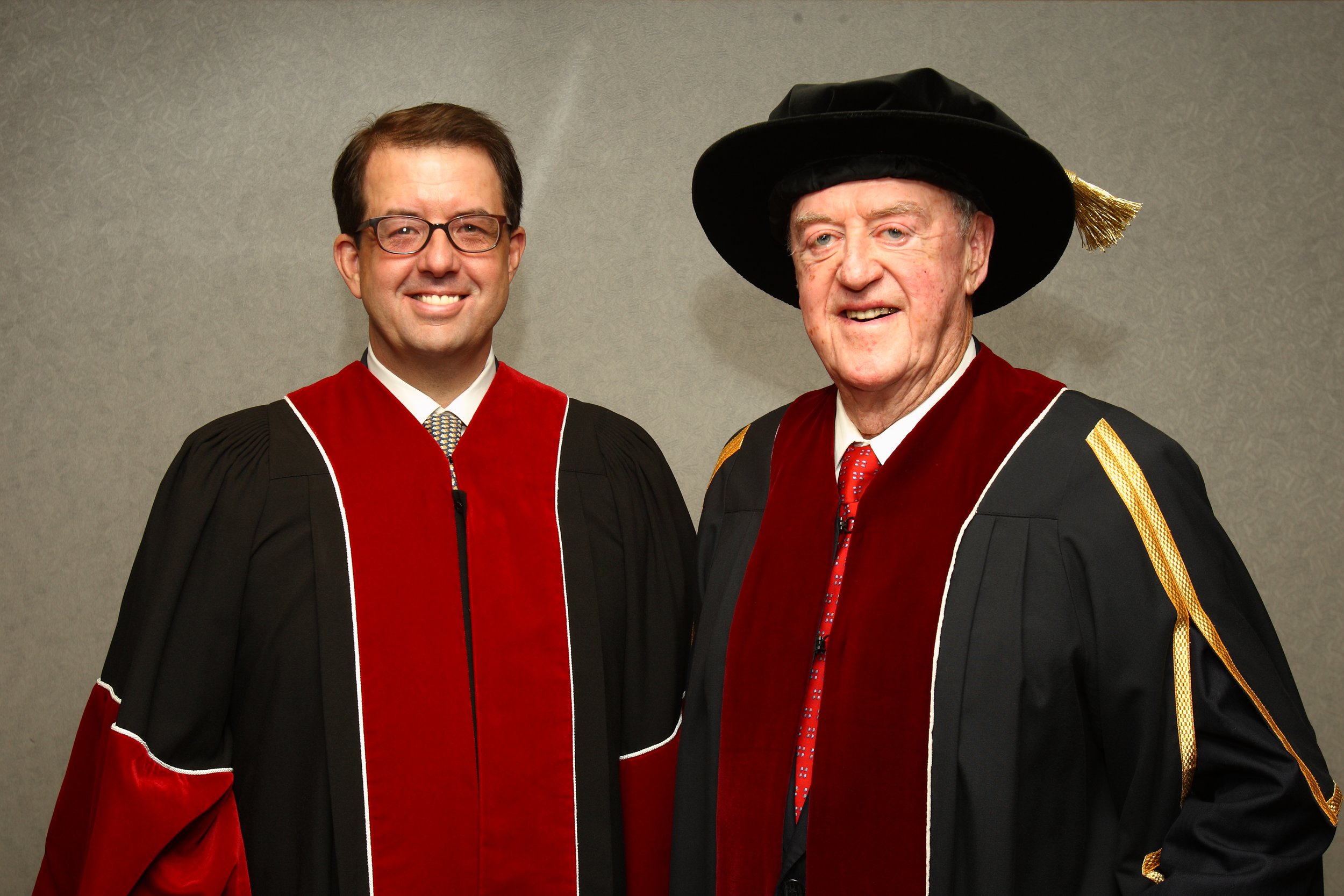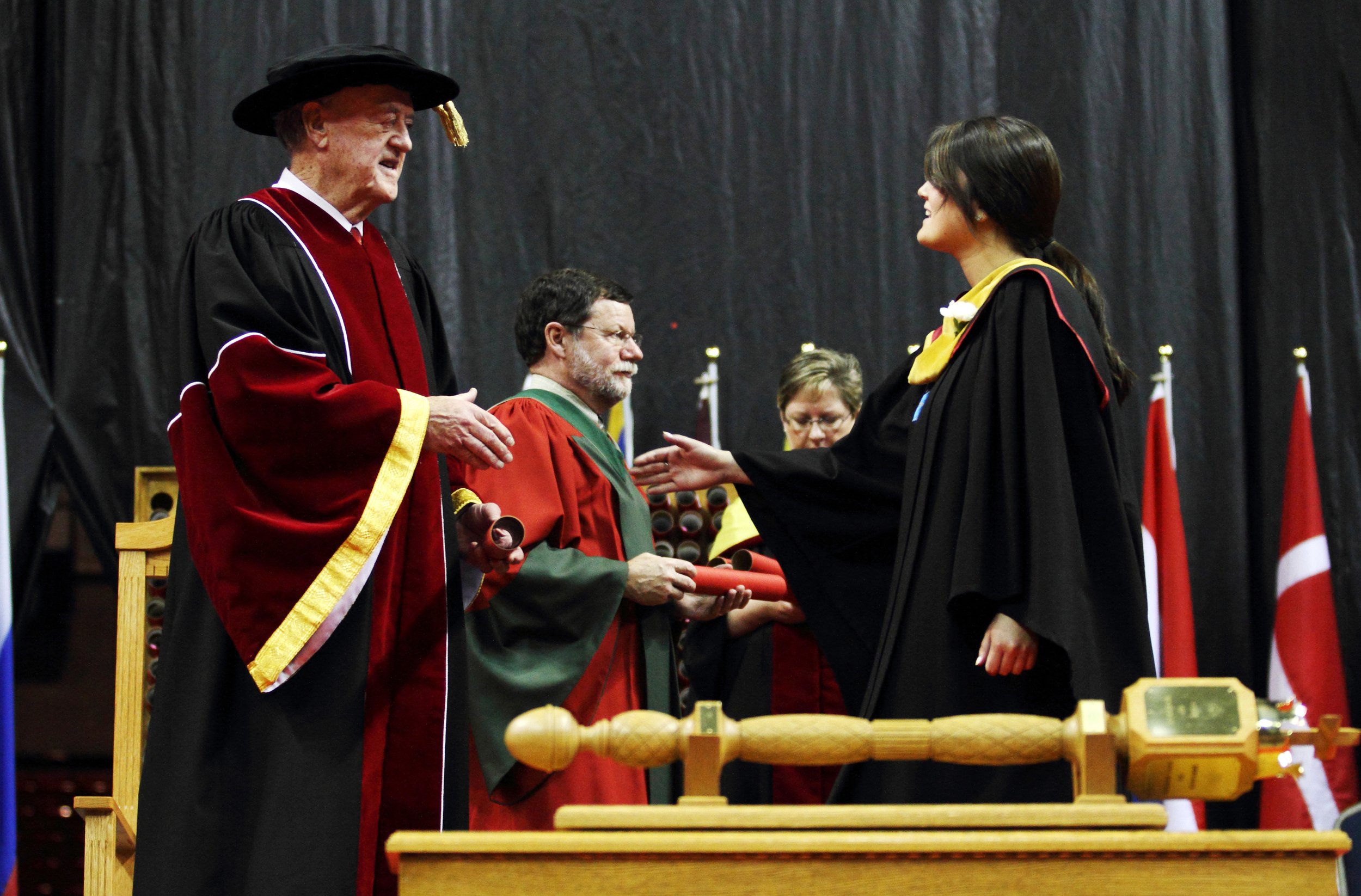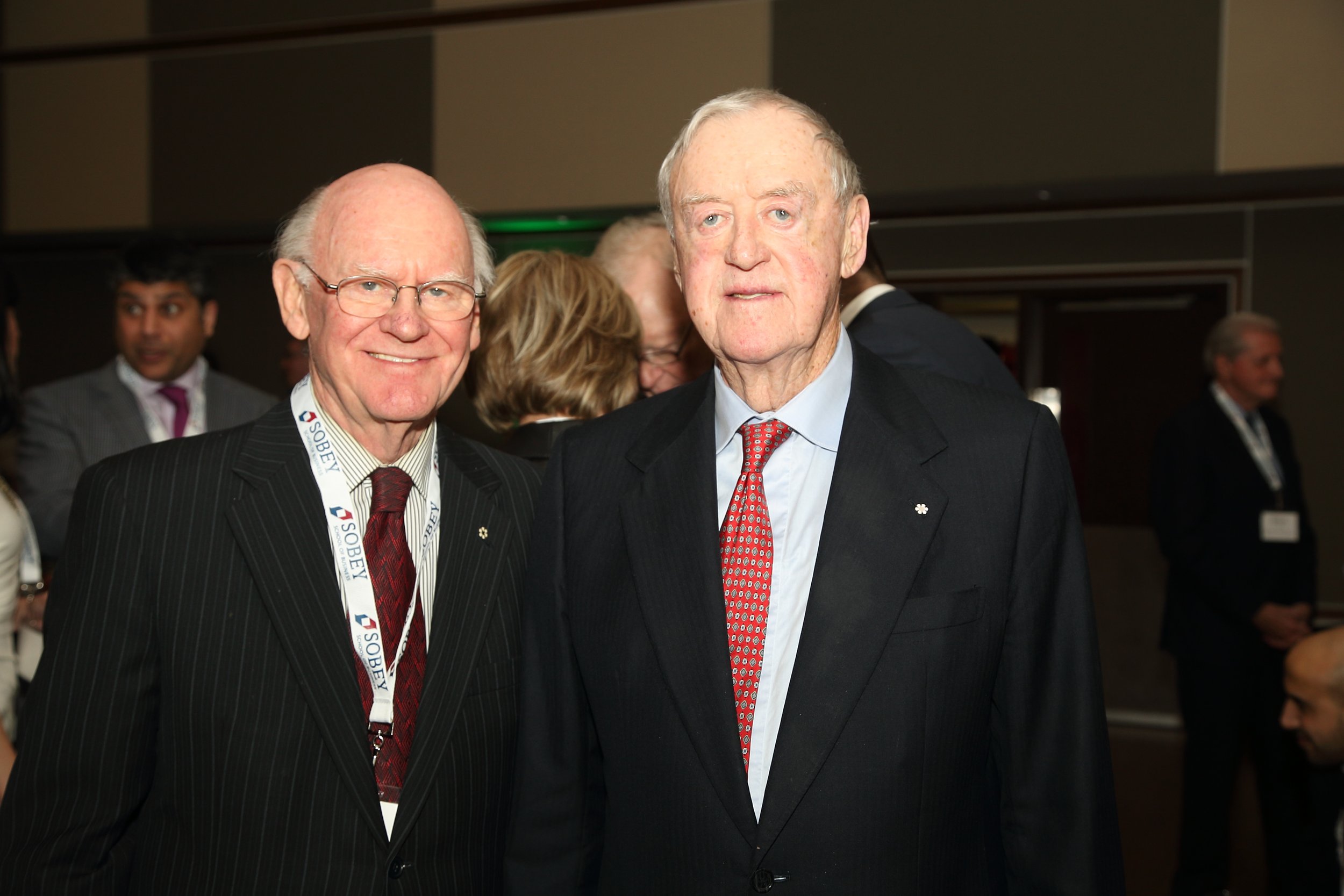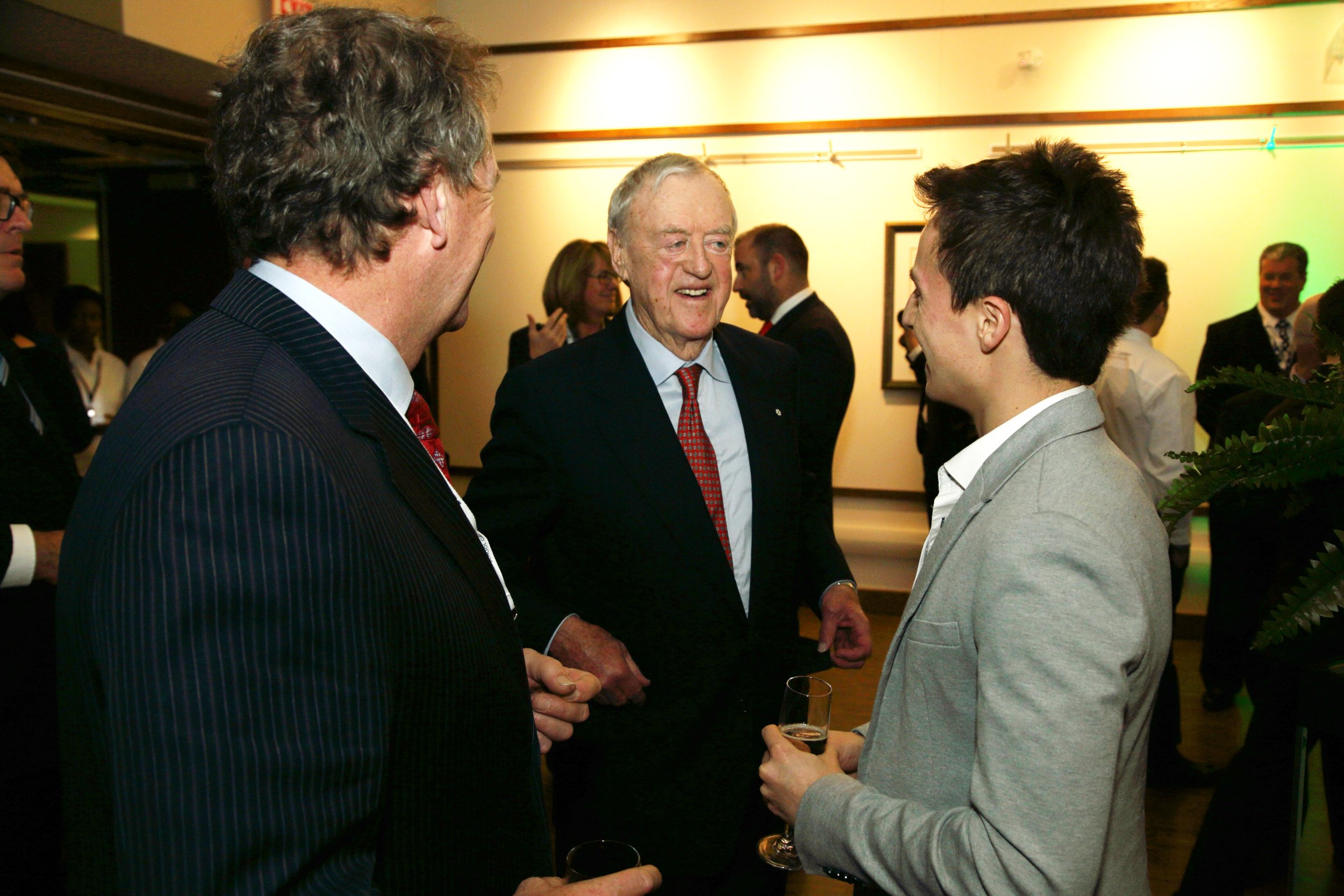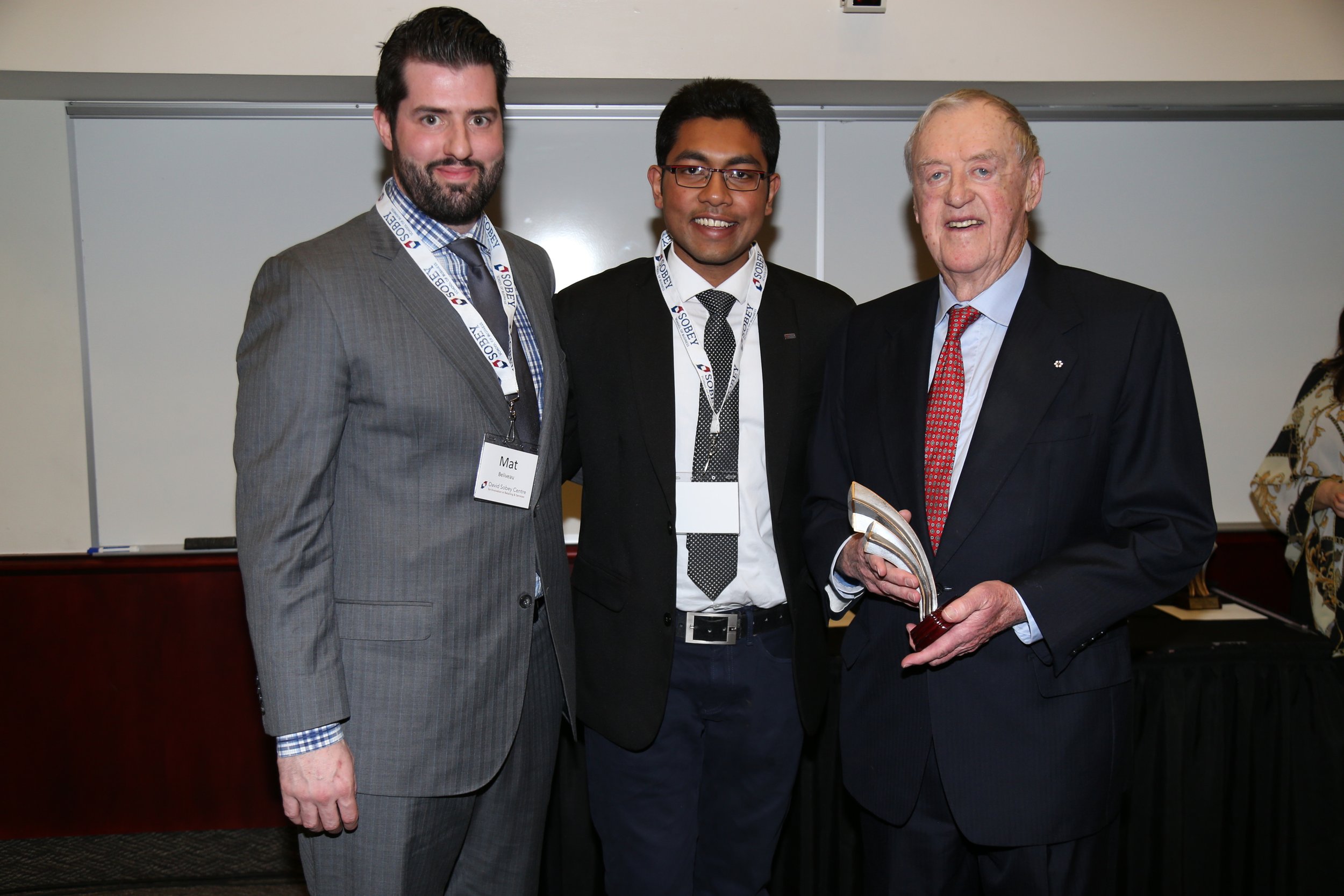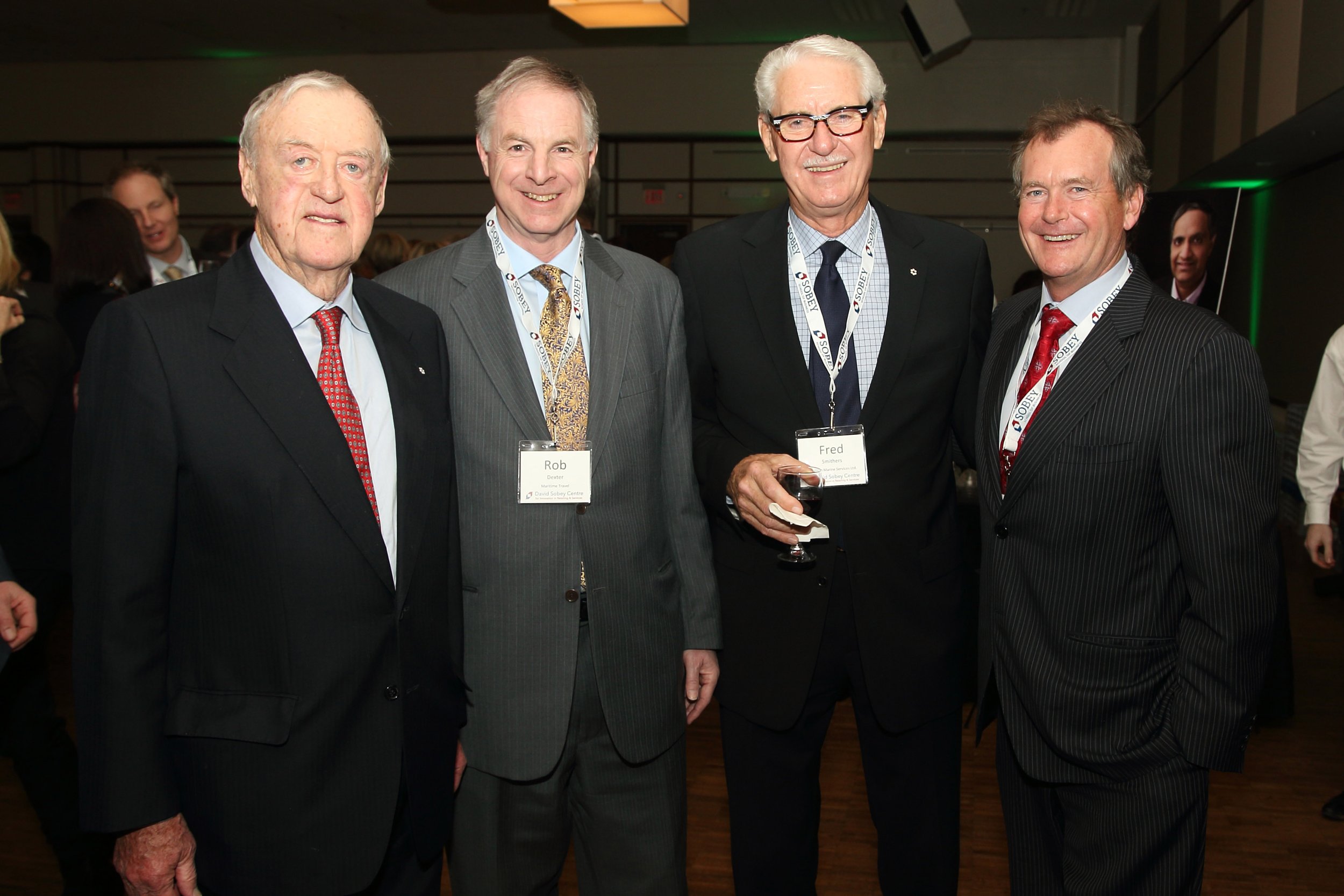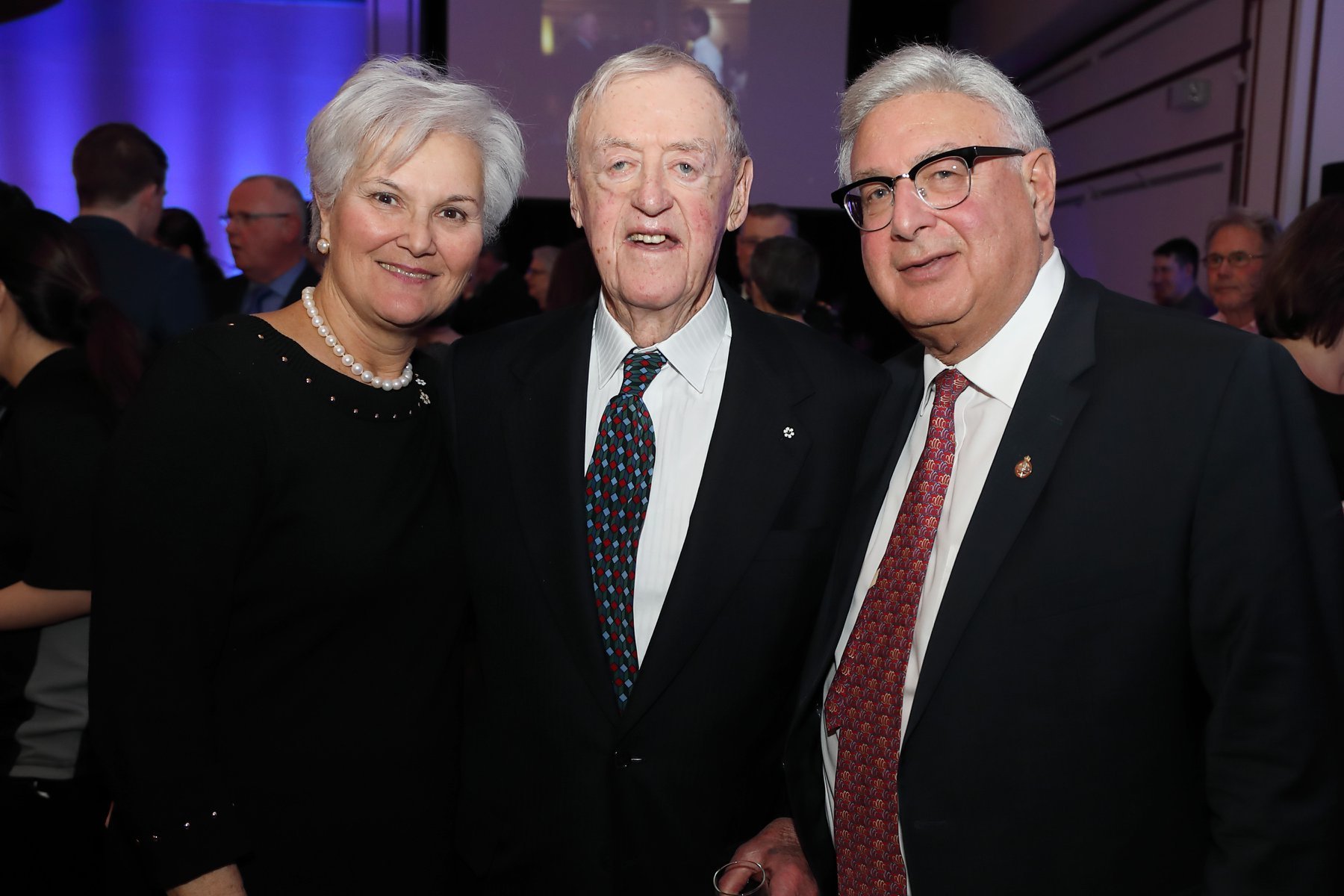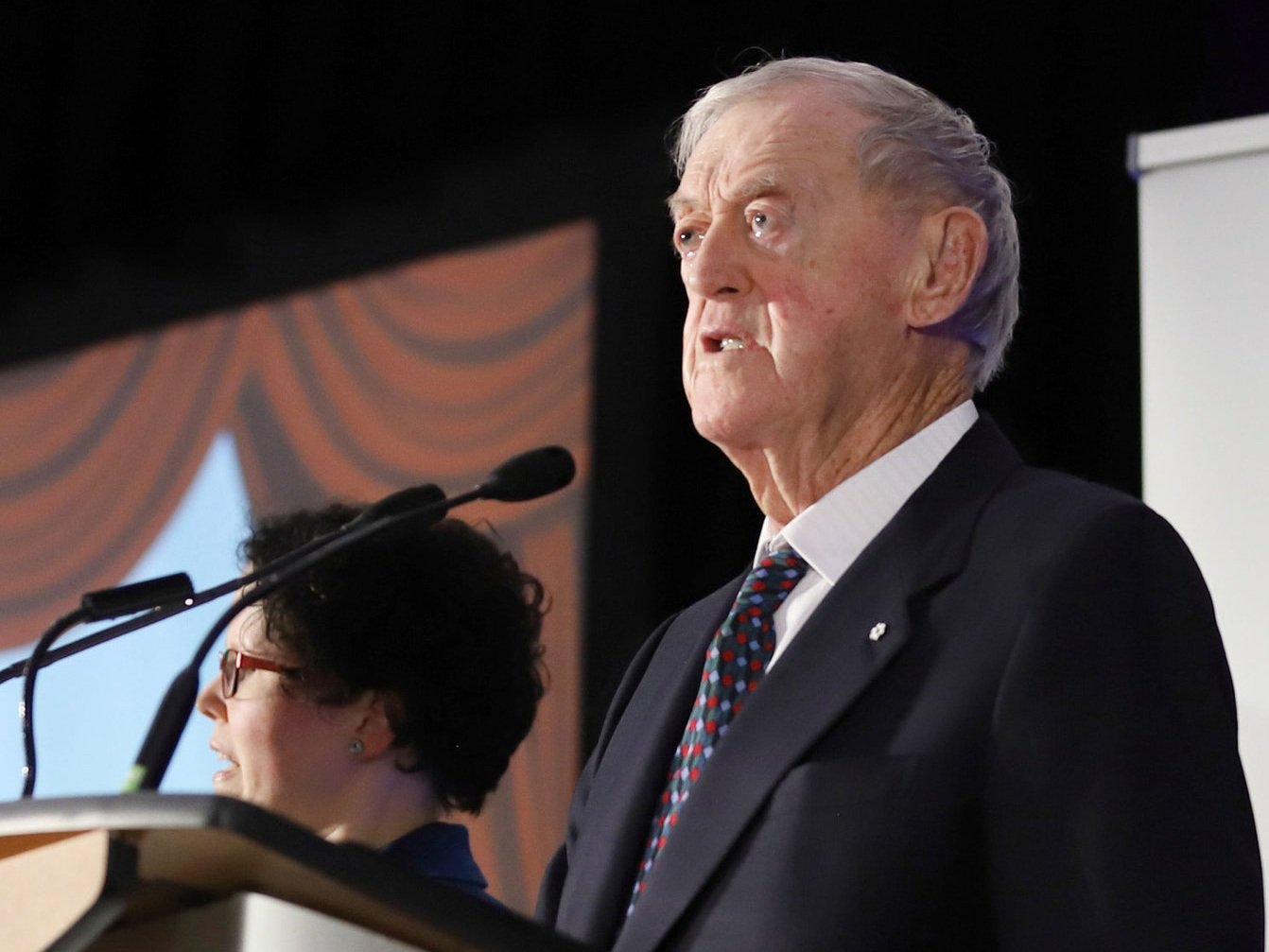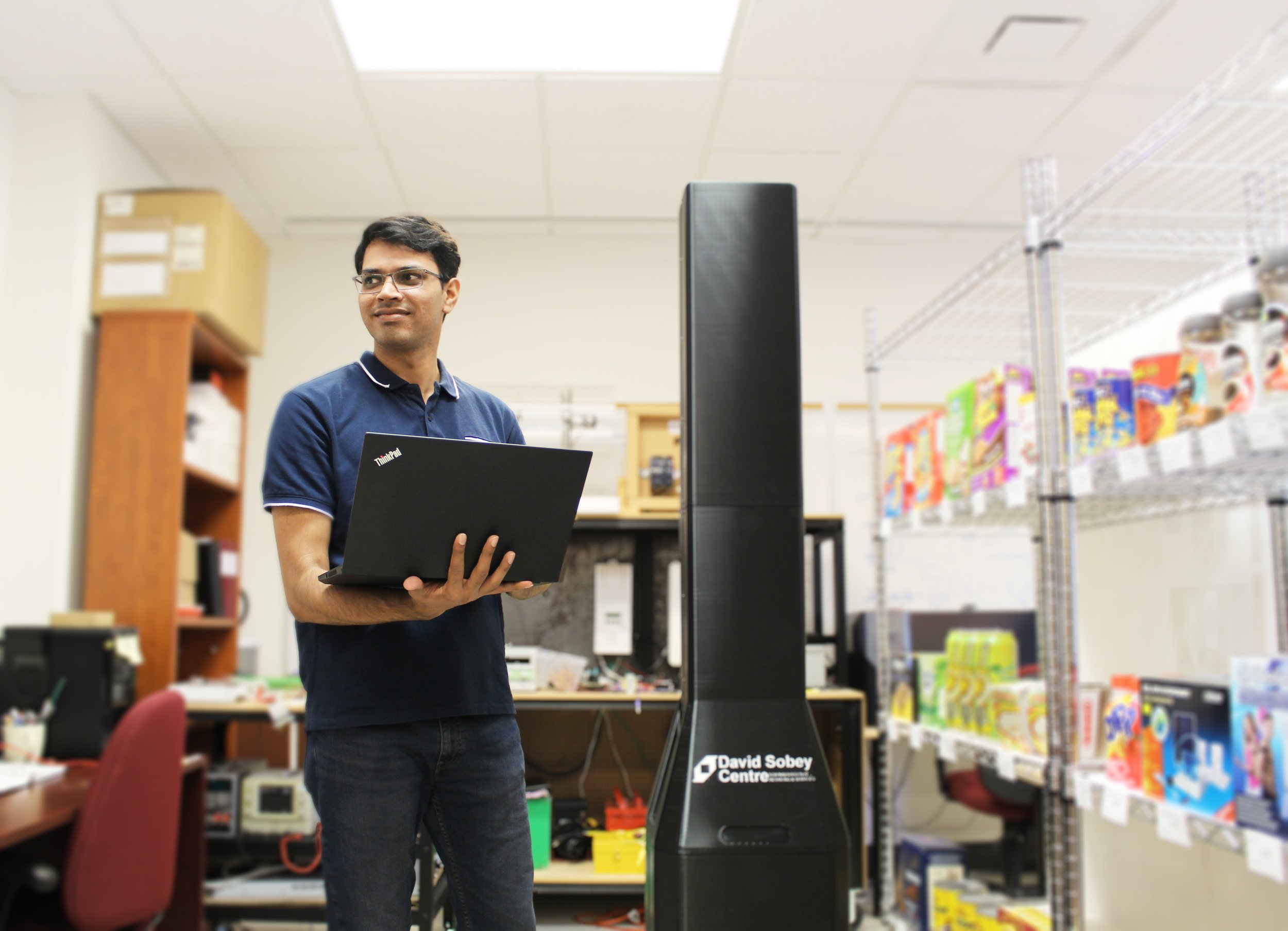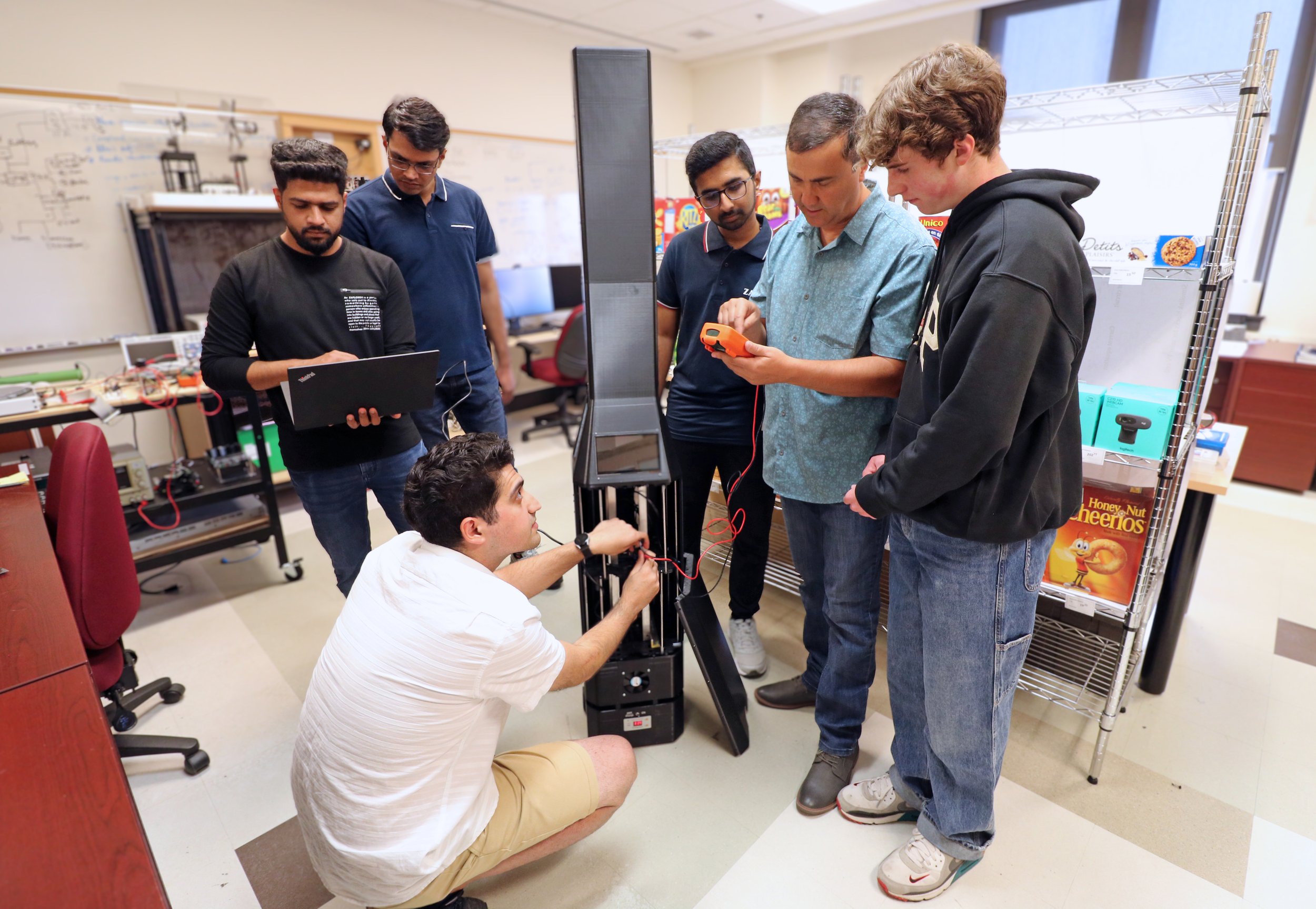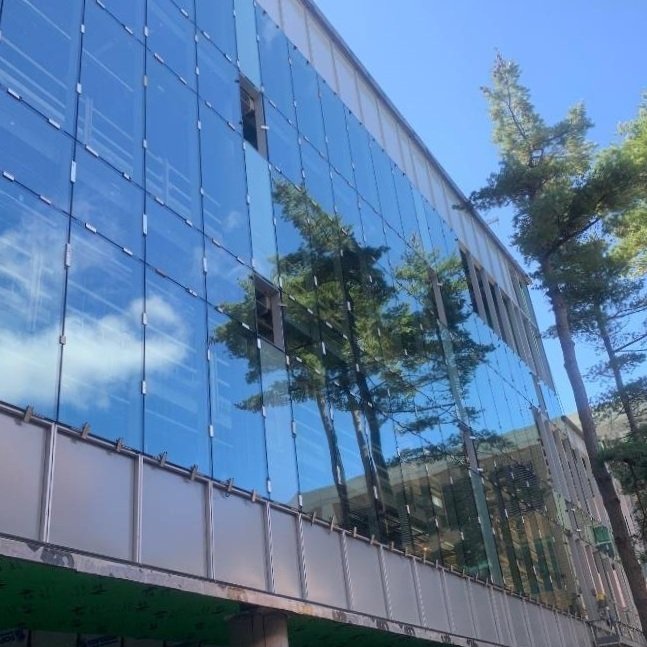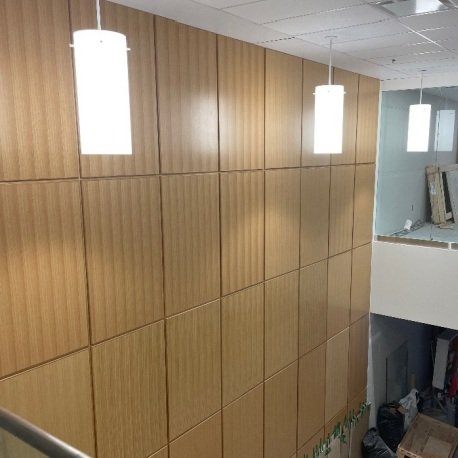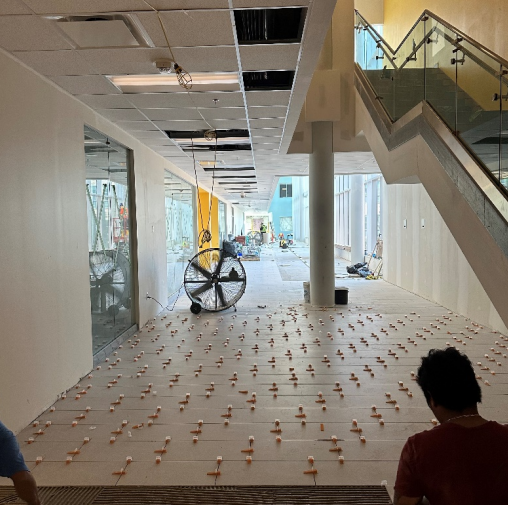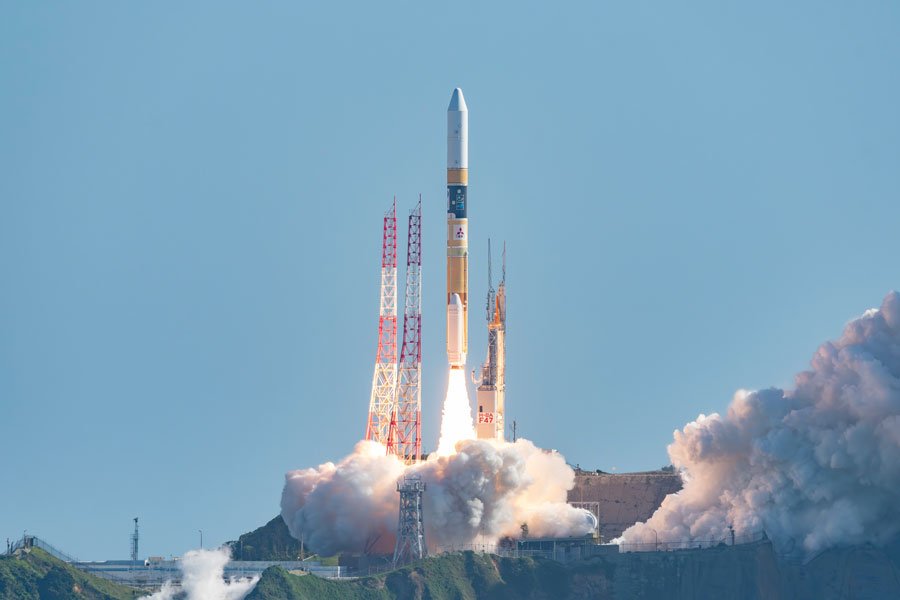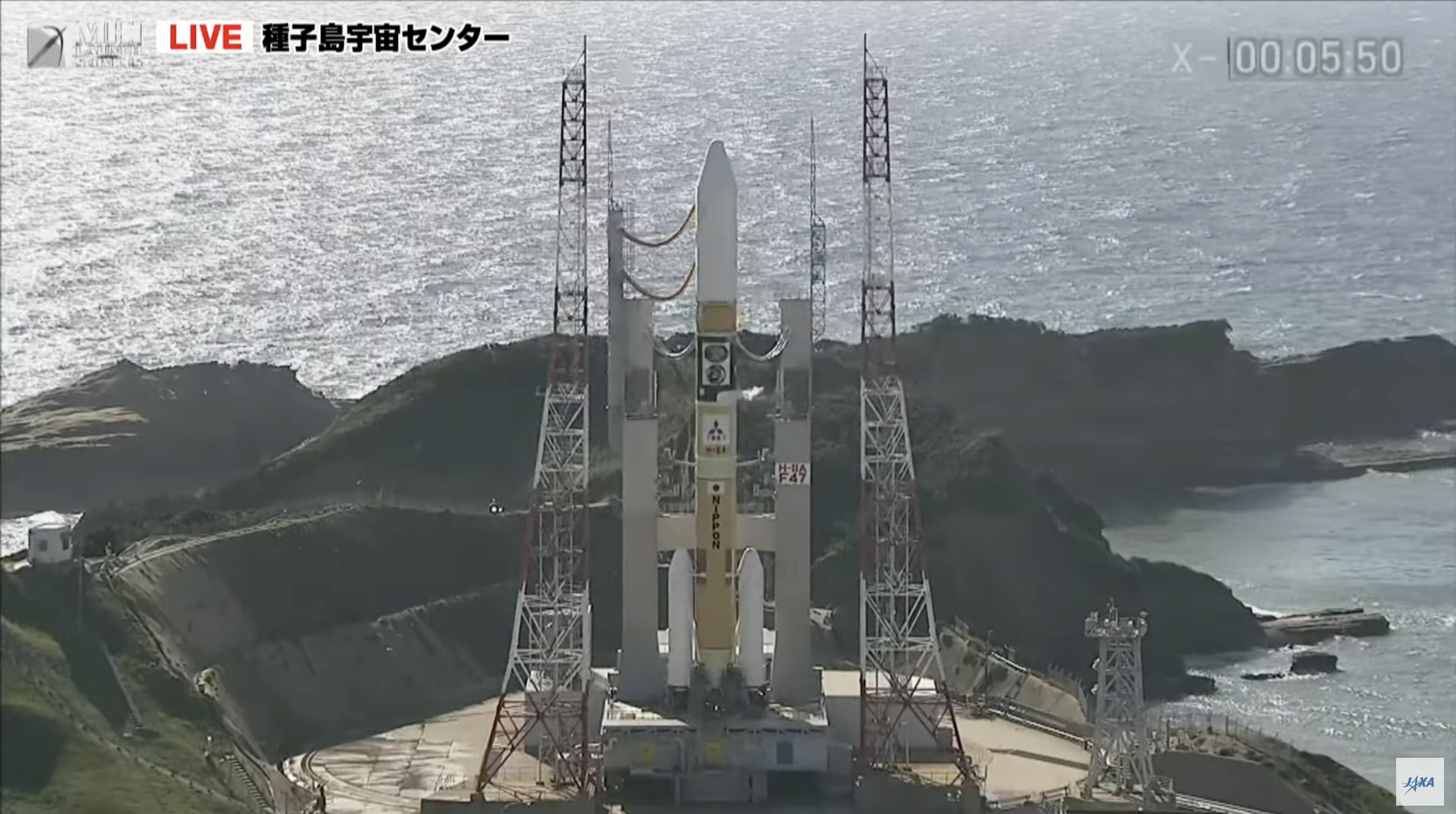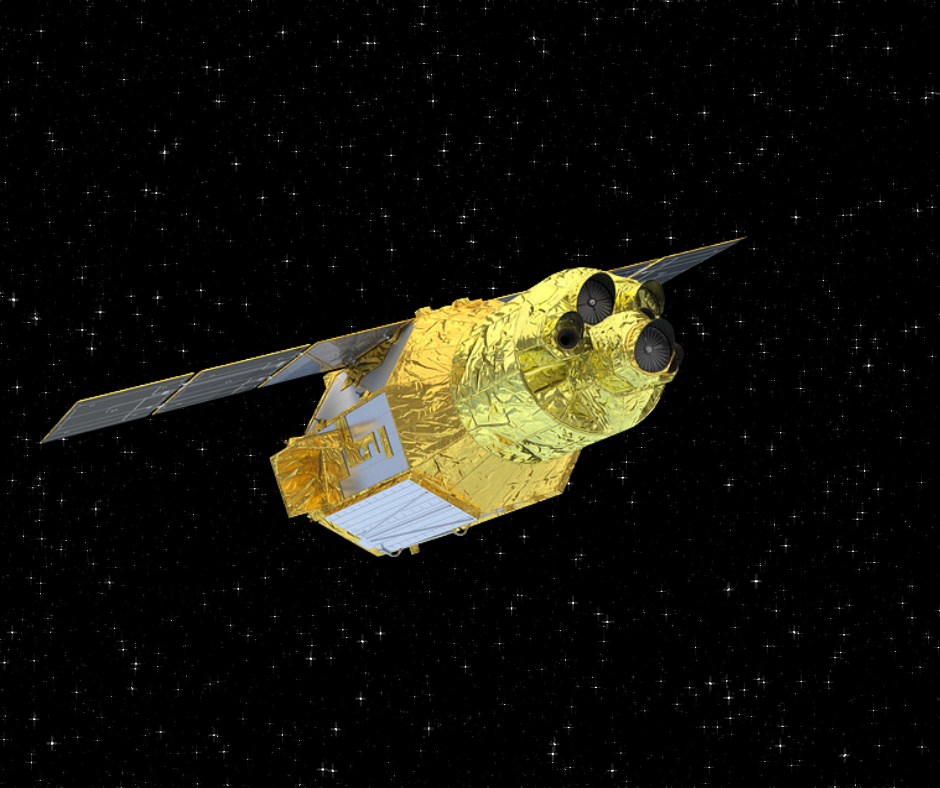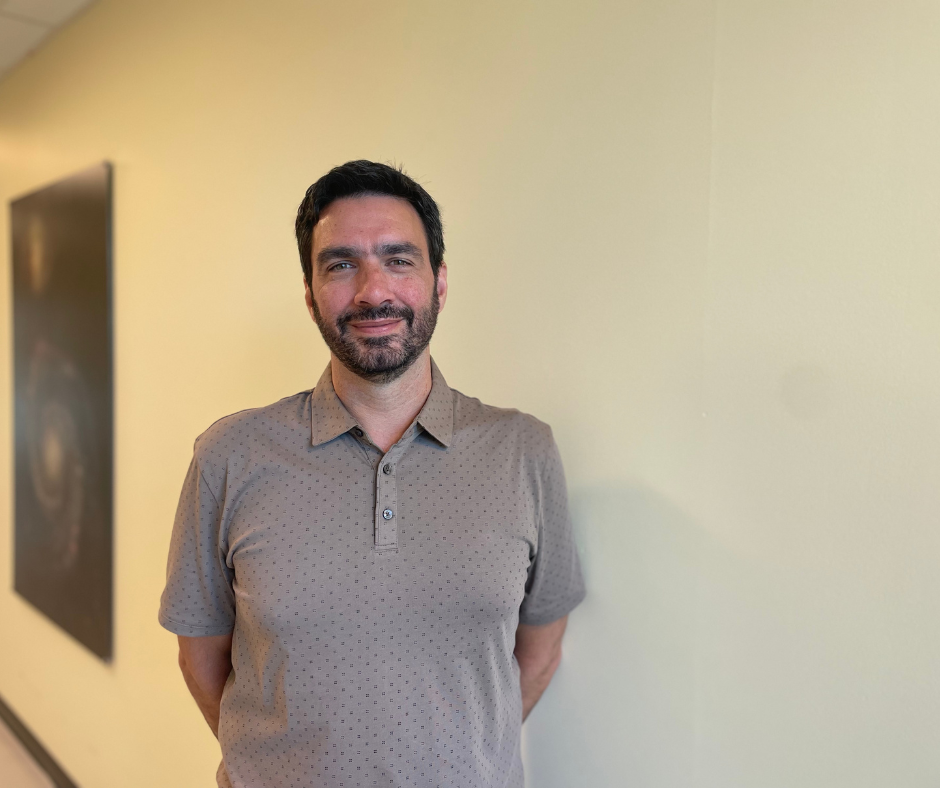Stephanie Kansiime, Valedictorian for the Faculty of Science
Quoting my mother’s wisdom, “Everything you do, do it well. Your work is the only thing that speaks of and for you when you're not in the room.”
These words have guided my journey from my birthplace in Uganda to my pursuit of a brighter future in Canada, which eventually led me to Saint Mary's University.
My lifelong aspiration, both personally and professionally, is to make a positive impact on people’s lives. To pursue this goal, I actively engaged with the international community throughout my academic career. These interactions have transformed me into a more open-minded and versatile individual, preparing me for a future where I intend to work on a global scale. The invaluable skills I have acquired, such as leadership and effective communication, have been nurtured here at Saint Mary’s, which I consider a cultural melting pot.
My defining traits include an insatiable curiosity and a deep commitment to serving my community. These qualities guided me toward a career in biology, with a specific focus on immunology research. Since high school, I have volunteered at hospitals in my home country and secured an internship studying biopolymers. Armed with the knowledge and skills gathered throughout my degree and work experiences, I am poised to innovate and collaborate with multidisciplinary teams to develop efficient solutions, benefiting both my Canadian and Ugandan communities, with a long-term vision of global impact.
I owe my success not only to my dedication but also to the unwavering support of those around me. My mother’s sacrifices, my father’s steadfastness during challenging times, and the constant encouragement from my siblings Kristen and Andrew have been my pillars of strength. Additionally, the support of my parents’ friends and extended family has played a crucial role in my journey. Last, but not least, the faculty and friends I’ve encountered during my time at Saint Mary’s have been instrumental in my growth and success. To all of them, I express my deepest gratitude.
In the wise words of my mother, “It is not always the smartest people who achieve success, but the people who are organized and willing to put in the effort.” These words continue to motivate and inspire me on my path to greatness.
Q&A with Stephanie
Hometown: I grew up in Kampala Uganda, but my native village is in Hoima, Uganda.
Degree: Bachelor of Science majoring in Biology
Favourite class: Cell Biology. It still fascinates me today that cells as multiple single units work together in massive numbers to make me a functional human today typing this out and for you to read and comprehend it. The human body is remarkable!
Why did you choose Saint Mary’s?: Saint Mary’s offered me cultural diversity. So much as I was coming to Canada, I would experience a host of different cultures and nationalities while I pursued my education. I was also interested in the professor-student ratio, the professors would easily be accessible for help.
What are your future plans?: I intend to pursue a Masters in Immunology or Biomedical Engineering. Following that, I will pursue research in academia, focusing on immunology because of my interest in communicable diseases that still plague my home country.
Favourite spot at Saint Mary’s: My first room at the Rice residence! I was a little timid when I first arrived in Halifax, but my room on the 17th floor gave me a great view of campus ongoings and games and I loved people-watching!
Advice for new students that you wish you knew when you started university: When choosing electives, be explorative. My second favorite class is Astronomy, which I have always been passionate about but did not necessarily want to pursue as a degree. There is a whole host of very interesting classes far from your main focus. Make room to have fun with your degree 🙂. Always ask for help—even when you think you know, there might be a different perspective that will enhance your work.
Fall Convocation takes place on September 22 and 23, 2023. Watch the ceremonies live at smu.ca/graduation or on our Facebook page.





